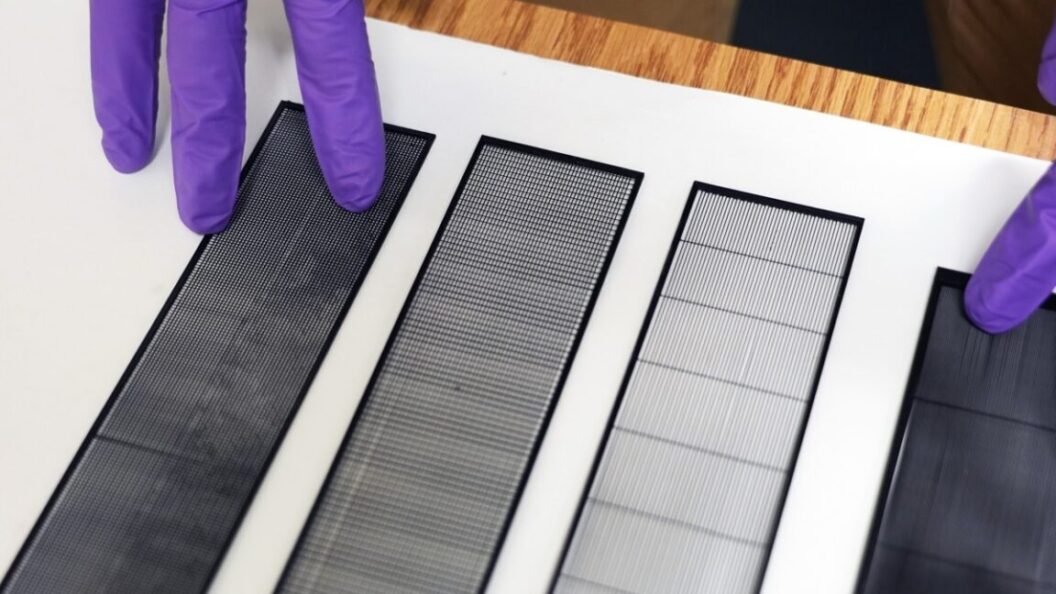Innovative Fog Harvesting: A Game-Changer in Water Collection
Introduction to Fog Harvesting Advances
In an age where water scarcity is an escalating global concern, innovative solutions are essential to efficiently collect and manage water resources. Researchers at Virginia Tech are pioneering a new approach to fog harvesting that promises to revolutionize the process. Led by engineer Boreyko, this team is moving away from traditional methods reliant on chemical coatings and nets, introducing a geometric design that enhances efficiency and reduces clogging.
The Fundamental Shift: Geometry Over Chemistry
Boreyko highlights a critical departure from conventional fog harvesting techniques. Historically, nets have been treated with intricate chemical coatings to minimize clogging, a common challenge faced in such technologies. However, Boreyko asserts, "When I first came into this field, virtually everyone was using nets, but they were just trying to make more and more clever chemical coatings… We found that simply going from a net to a harp, with no chemicals or coatings whatsoever—just the change in geometry solved the clogging problem much better."
This transition to a harp-like design represents a significant innovation in the field. By implementing clever geometric structures, the team has managed to create a device that efficiently captures fog without the complexities introduced by coatings.
Material Use and Prototype Development
For their prototype, Boreyko’s team utilized 3D printing technology to create harp "strings" from a weakly hydrophobic plastic. Boreyko emphasizes the simplicity and effectiveness of their design, stating, "The harp works fantastic with uncoated stainless steel wires and definitely doesn’t require any kind of fancy coating." This indicates not only a remarkable reduction in manufacturing complexity but also potential cost savings.
Moreover, the hybrid harp design is scalable. Boreyko explains that this allows for easy expansion by linking smaller units together: "There is no limit to how big this thing could be." This adaptability presents an exciting prospect for diverse applications, from small-scale installations to large water-collecting systems.
Exploring Future Possibilities
As the team looks forward, scaling up the harp prototypes and testing them outdoors is the next logical step. Boreyko also proposes experimenting with an electric version of the hybrid fog harp. He points out, "If you apply a voltage, it turns out you can catch even more water." This potential enhancement could offer a dual benefit: maximizing water collection while simultaneously eliminating clogging, thereby paving the way for efficient real-world applications.
Diverse Applications Beyond Coastal Regions
The versatility of the hybrid fog harp opens doors to various applications beyond its initial design for coastal regions. Boreyko envisions using high-efficiency fog harvesters along roadways, highways, and even airport landing strips—areas where fog can create significant safety hazards. He adds, "There’s even industrial chemical supply manufacturers creating things like pressurized nitrogen gas… The process cools the surrounding air into an ice fog that can drift across the street and wreak havoc on city blocks."
This underscores not only the impact of the fog harp on water collection but also its potential to mitigate dangers associated with fog accumulation.
Conclusion: The Broader Impact of Fog Harvesting Technology
The introduction of the hybrid fog harp heralds a promising development in sustainable water harvesting technology. By sidestepping the complexities of chemical coatings and leveraging clever design, Boreyko’s team has positioned itself at the forefront of innovation in this critical field. The potential for large-scale, efficient water collection could have far-reaching implications, particularly in regions facing chronic water scarcity.
As researchers continue to refine this technology, its applications could extend well beyond simple water harvesting, potentially transforming how cities and industries manage fog and water resources in the coming years. This groundbreaking work not only addresses immediate needs but also paves the way for a more sustainable future in water management.









